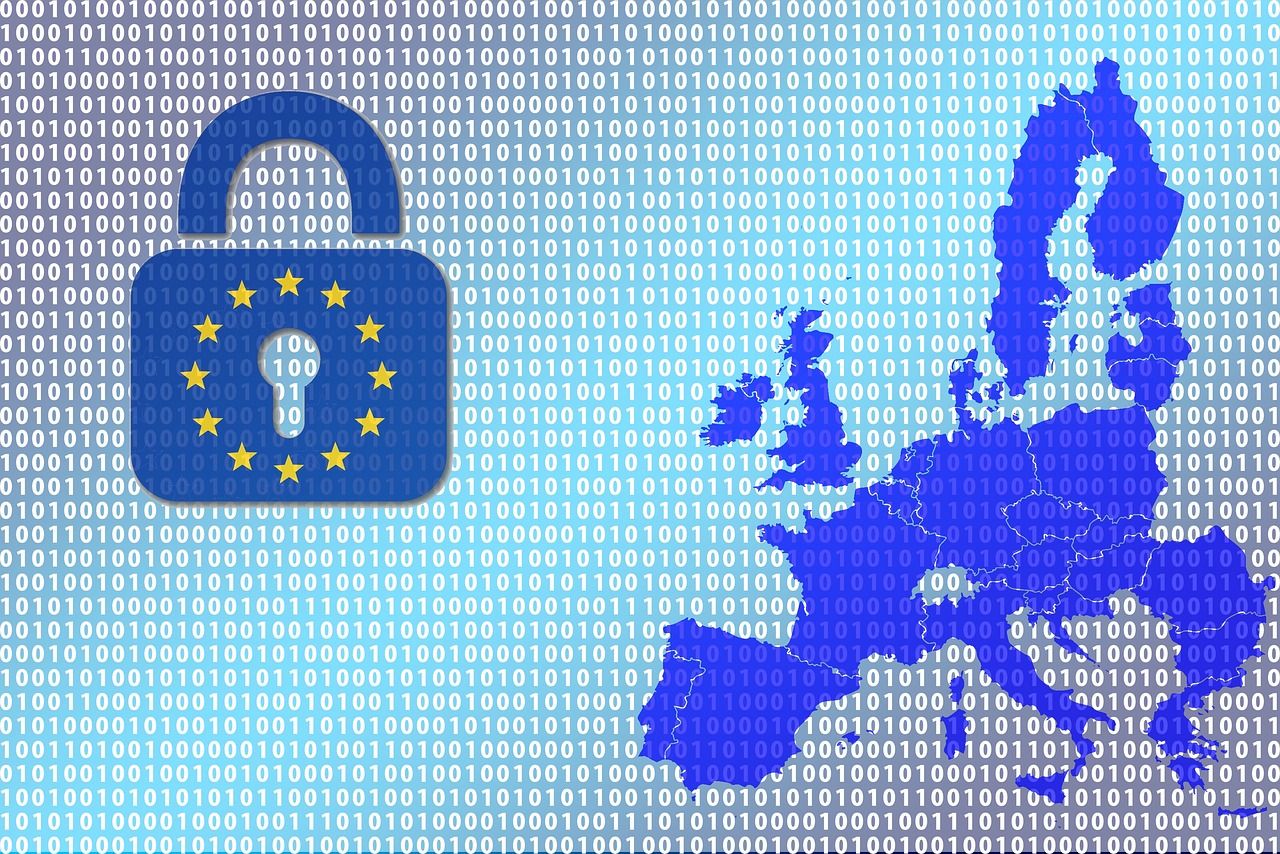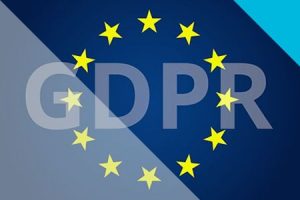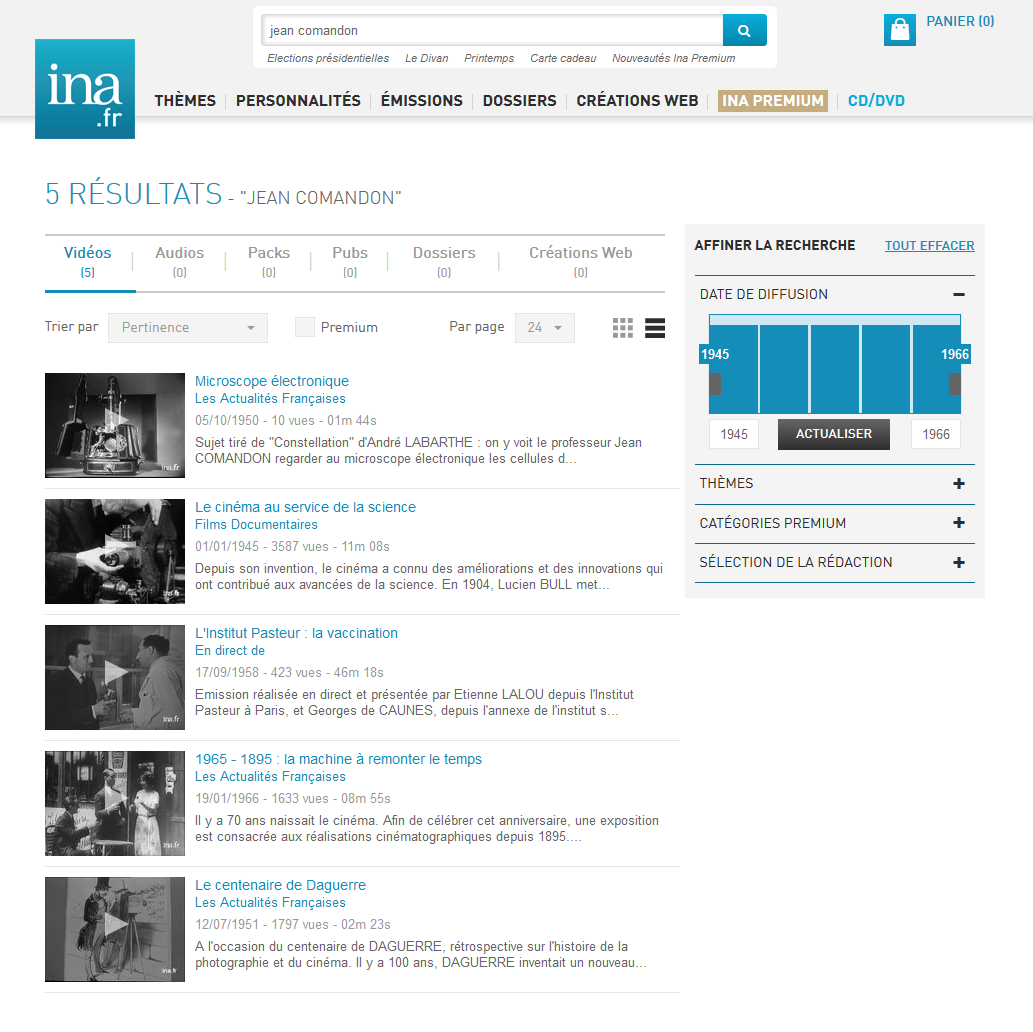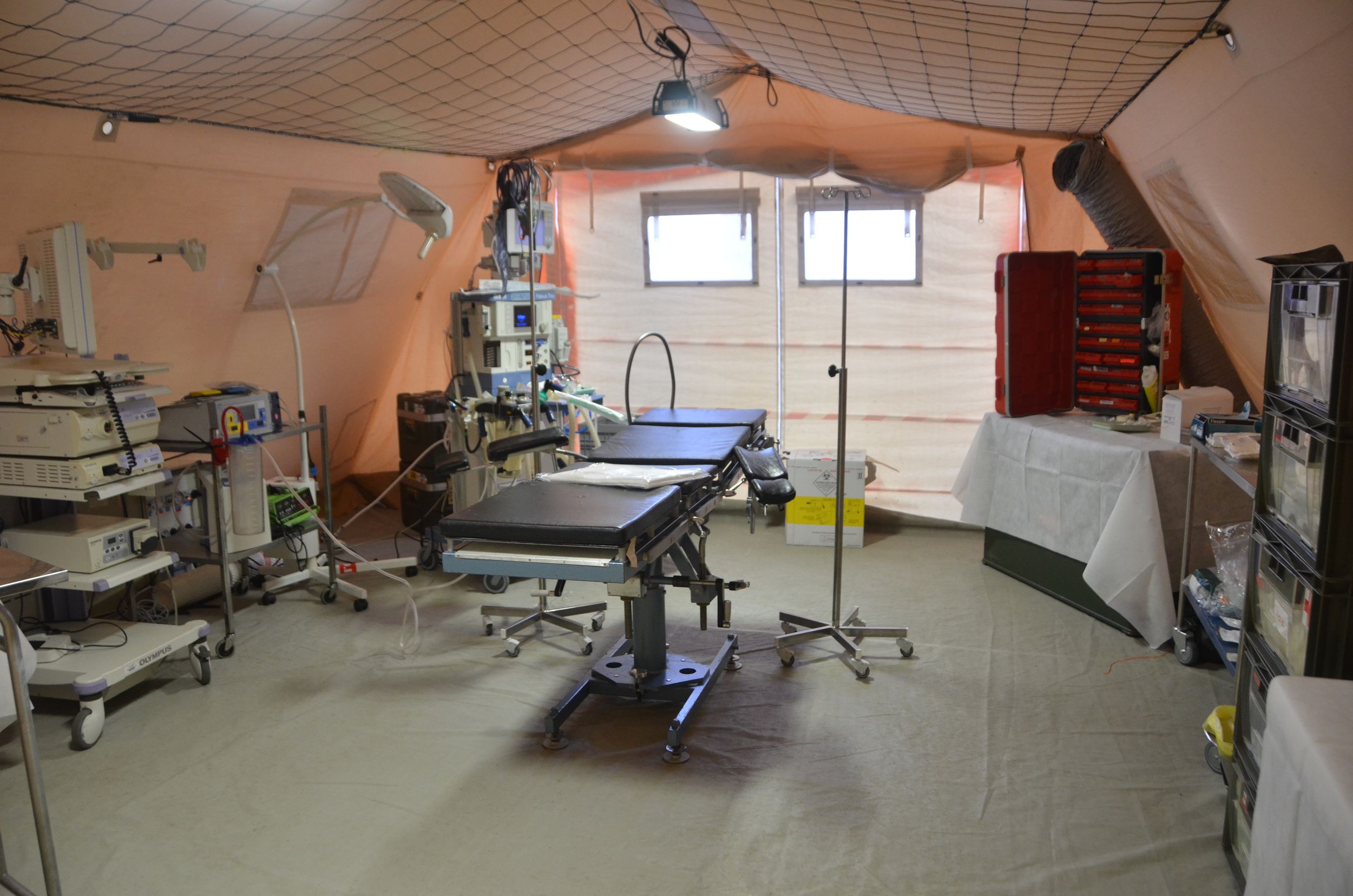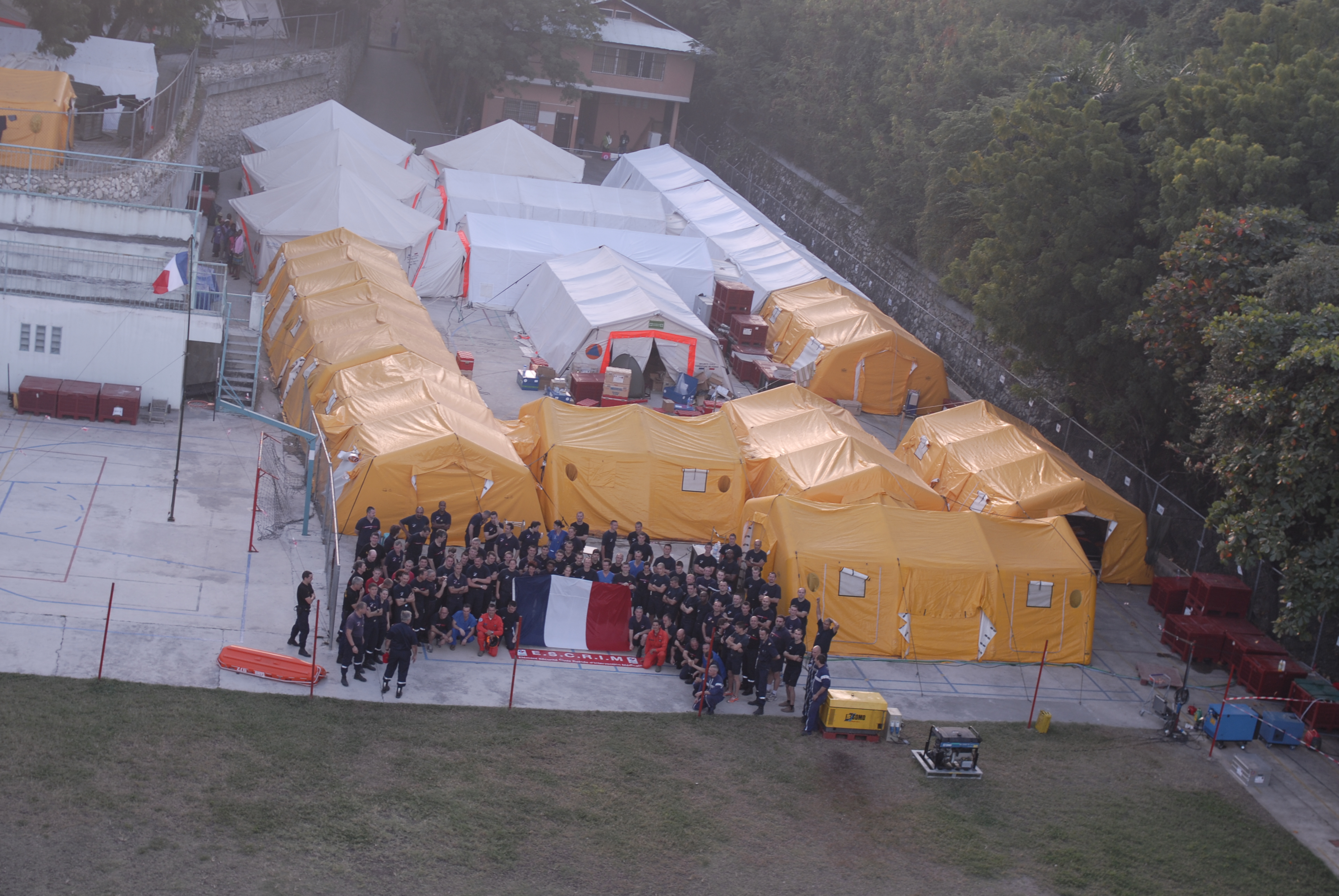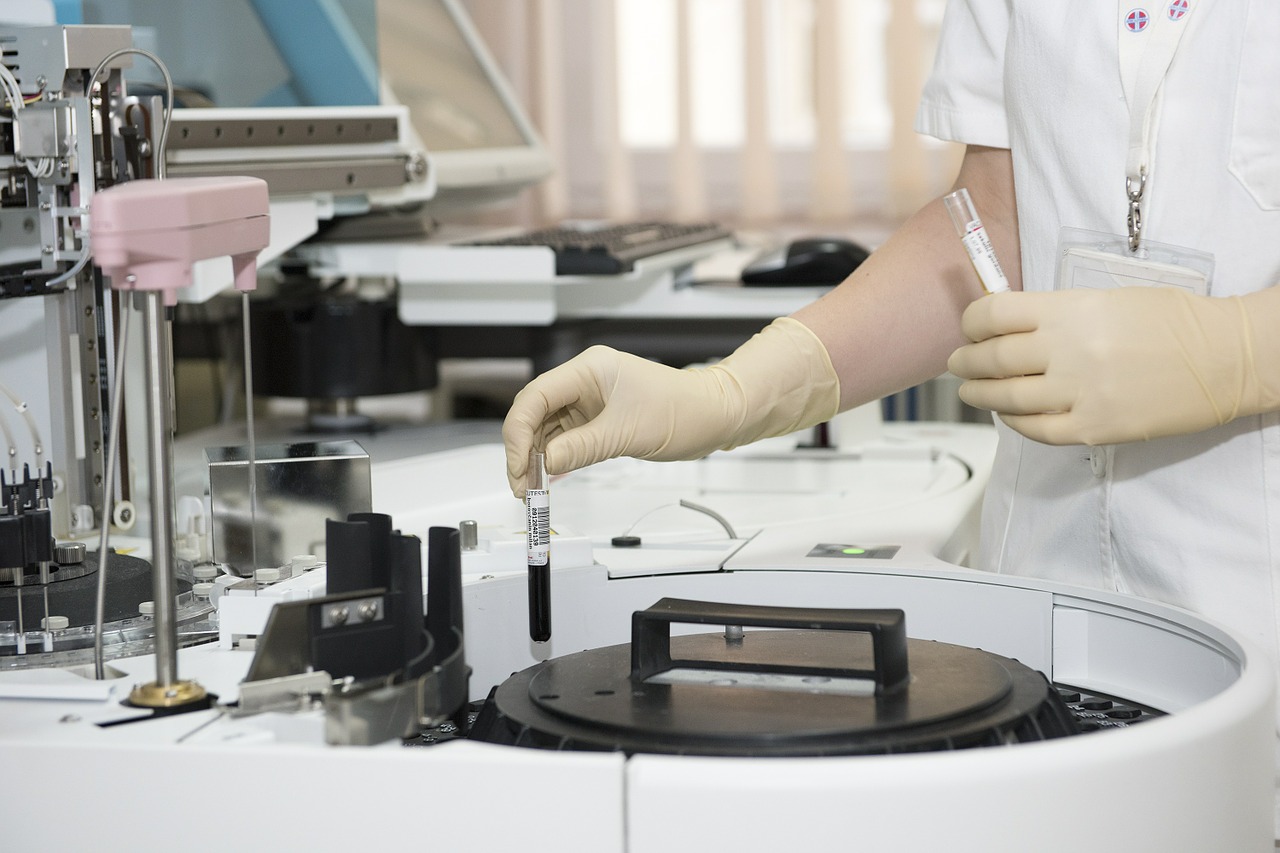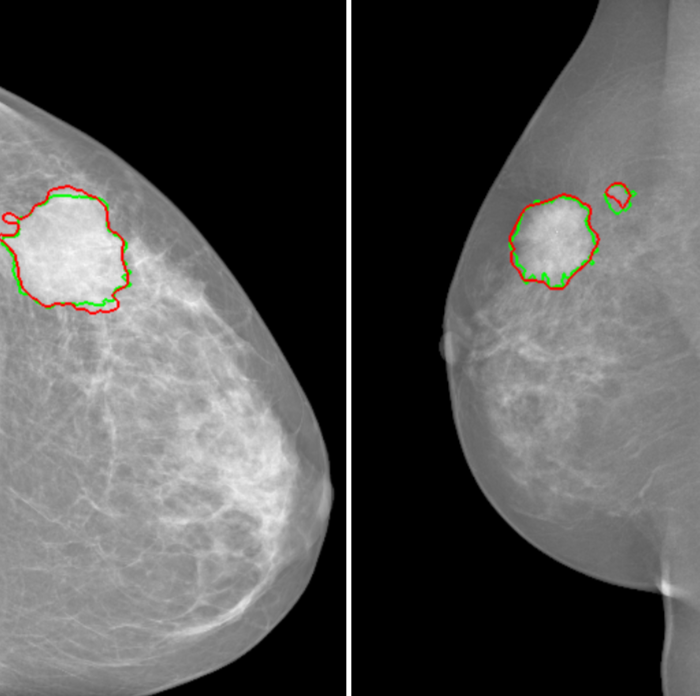OMNI: transferring social sciences and humanities to the digital society
I’MTech is dedicating a series of articles to success stories from research partnerships supported by the Télécom & Société Numérique Carnot Institute (TSN), to which IMT Atlantique belongs.
[divider style=”normal” top=”20″ bottom=”20″]
 Technology transfer also exists in social sciences and the humanities! The OMNI platform in Brittany proves this by placing its research activities at the service of organizations. Attached to the Breton scientific interest group called M@rsouin (which IMT Atlantique manages), it brings together researchers and professionals to study the impact of digital technology on society. The relevance of the structure’s approach has earned it a place within the “technology platform” offering of the Télécom & Société Numérique Carnot Institute (see insert at the end of the article). Nicolas Jullien, a researcher in Digital Economy at IMT Atlantique and Manager of OMNI, tells us more about the way in which organizations and researchers collaborate on topics at the interface between digital technology and society.
Technology transfer also exists in social sciences and the humanities! The OMNI platform in Brittany proves this by placing its research activities at the service of organizations. Attached to the Breton scientific interest group called M@rsouin (which IMT Atlantique manages), it brings together researchers and professionals to study the impact of digital technology on society. The relevance of the structure’s approach has earned it a place within the “technology platform” offering of the Télécom & Société Numérique Carnot Institute (see insert at the end of the article). Nicolas Jullien, a researcher in Digital Economy at IMT Atlantique and Manager of OMNI, tells us more about the way in which organizations and researchers collaborate on topics at the interface between digital technology and society.
What is the role of the OMNI platform?
Nicolas Jullien: Structurally, OMNI is attached to the scientific interest group called M@rsouin, comprised of four universities and graduate schools in Brittany and, recently, three universities in Pays de la Loire*. For the past 15 years, this network has served the regional objective of having a research and study system on ICT, the internet and, more generally, what is today referred to as digital technology. OMNI is the research network’s tool for proposing studies on the impact of digital technology on society. The platform brings together practitioners and researchers and analyzes major questions that public or private organizations may have. It then sets up programs to collect and evaluate information to answer these questions. According to the needs, we can carry out questionnaire surveys – quantitative studies – or interview surveys – which are more qualitative. We also guarantee the confidentiality of responses, which is obviously important in the context of the GDPR. It is first and foremost a guarantee of neutrality between the player who wishes to collect information and the responding actors.
So is OMNI a platform for making connections and structuring research?
NJ: Yes. In fact, OMNI has existed for as long as M@rsouin, and corresponds to the part just before the research phase itself. If an organization has questions about digital technology and its impact and wants to work with the researchers at M@rsouin to collect and analyze information to provide answers, it goes through OMNI. We help establish the problem and express or even identify needs. We then investigate whether there is a real interest for research on the issue. If this is the case, we mobilize researchers at M@rsouin to define the questions and the most suitable protocol for the collection of information, and we carry out the collection and analysis.
What scientific skills can you count on?
NJ: M@rsouin has more than 200 researchers in social sciences and humanities. Topics of study range from e-government to e-education via social inclusion, employment, consumption, economic models, operation of organizations and work. The disciplines are highly varied and allow us to have a very comprehensive approach to the impact of digital technology on an organization, population or territory… We have researchers in education sciences, ergonomics, cognitive or social psychology, political science and, of course, economists and sociologists. But we also have disciplines which would perhaps be less expected by the general public, but which are equally important in the study of digital technology and its impacts. These include geography, urban planning, management sciences and legal expertise, which has been closely involved since the development of wide-scale awareness of the importance of personal data.
The connection between digital technology and geography may seem surprising. What is a geographer’s contribution, for example, to the question of digital technology?
NJ: One of the questions raised by digital technology is that of access to online resources. Geographers are specifically interested in the relationship between people and their resources and territory. Incorporating geography allows us to study the link between territory and the consumption of digital resources, or even to more radically question the pertinence of physical territory in studies on internet influence. It is also a discipline that allows us to examine certain factors favoring innovation. Can we innovate everywhere in France? What influence does an urban or rural territory have on innovation? These are questions asked in particular by chambers of commerce and industry, regional authorities or organizations such as FrenchTech.
Why do these organizations come to see you? What are they looking for in a partnership with a scientific interest group?
NJ: I would say that these partners are looking for a new perspective. They want new questions or a specialist point of view or expert assessment in complex areas. By working with researchers, they are forced to define their problem clearly and not necessarily seek answers straight away. We are able to give them the breathing space they need. But we can only do so if our researchers can make proposals and be involved in partners’ problems. We propose services, but are not a consultancy agency: our goal remains to offer the added value of research.
Can you give an example of a partnership?
NJ: In 2010 we began a partnership with SystemGIE, a company which acts as an intermediary between large businesses and small suppliers. It manages the insertion of these suppliers in the purchasing or production procedures of large clients. It is a fairly tricky positioning: it is necessary to understand the strategy of suppliers and large companies and the tools and processes to put in place… We supported SystemGIE in the definition of its atypical economic model. It is a matter of applied research because we try to understand where the value lies and the role of digital technology in structuring these operators. This is an example of a partnership with a company. But our biggest partner remains the Brittany Regional Council. We have just finished a survey with it on craftspeople. The following questions were asked: how do craftspeople use digital technology? How does their online presence affect their activity?
How does the Carnot label help OMNI?
NJ: First and foremost it is a recognition of our expertise and relevance for organizations. It also provides better visibility at a national institutional level, allowing us to further partnerships with public organizations across France, as well as providing better visibility among private actors. This will allow us to develop new, nationwide partnerships with companies on the subject of the digitization of society and the industry of the future.
* The members of M@rsouin are: Université de Bretagne Occidentale, Université de Rennes 1, Université de Rennes 2, Université de Bretagne Sud, IMT Atlantique, ENSAI, ESPE de Bretagne, Sciences Po Rennes, Université d’Angers, Université du Mans, Université de Nantes.
[divider style=”normal” top=”20″ bottom=”20″]
A guarantee of excellence in partnership-based research since 2006
The Télécom & Société Numérique Carnot Institute (TSN) has been partnering with companies since 2006 to research developments in digital innovations. With over 1,700 researchers and 50 technology platforms, it offers cutting-edge research aimed at meeting the complex technological challenges posed by digital, energy and industrial transitions currently underway in in the French manufacturing industry. It focuses on the following topics: industry of the future, connected objects and networks, sustainable cities, transport, health and safety.
The institute encompasses Télécom ParisTech, IMT Atlantique, Télécom SudParis, Institut Mines-Télécom Business School, Eurecom, Télécom Physique Strasbourg and Télécom Saint-Étienne, École Polytechnique (Lix and CMAP laboratories), Strate École de Design and Femto Engineering.
[divider style=”normal” top=”20″ bottom=”20″]



